Will Covid19 Finally bring an End to Wildlife Tourism?
The abrupt halt we have all experienced at the hand of Covid19 serves as a stark reminder that humans are not separate from the animal world, but inextricably linked. ANIMOSITY, by award-winning environmental photojournalist, Aaron Gekoski, offers a snapshot of the main issues facing wildlife today, showcasing a collection of powerful photographs and absorbing tales from the frontlines of conservation- from wildlife tourism and the exotic pet trade, to the illegal wildlife trade and marine conservation.
Aaron Gekoski has spent the last decade as an environmental photojournalist, and since 2017 he has turned his camera on wildlife tourism, exposing the dire underworld of the animal entertainment industry. From travelling circuses and elephant rides, to orangutan boxing venues and otter pet cafes, his journey documenting wildlife entertainment has taken him across four continents and to more than a dozen countries.
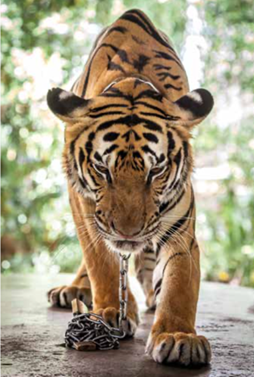
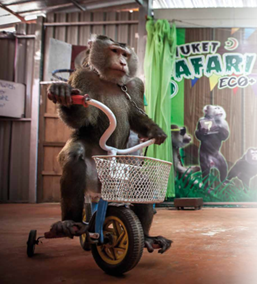
Wildlife tourism spans almost every country on earth, and whether it’s visiting a zoo for a day out, or riding an elephant whilst on holiday, many of us have been complicit. However, although many such facilities are marketed as ethical, behind the scenes there is a very different story. Animals are poached from the wild, their parents often killed in the process, and they forced to live out their days in cages, starved of stimulation and trained using physical punishment. Forced to perform day in, day out, the animals lead dismal and unnatural lives. The industry is extremely lucrative- worth $250 billion a year, and many of the owners have links to organised crime.
But by April 2020, Covid19 had spread across the planet, and the tourism and travel industries of which we knew had collapsed. With countries closing boarders and venues shutting their doors, one can only imagine the conditions in which imprisoned animals are kept. There have been reports of lions left to starve at Gamji Gate Zoo in Kaduna, Nigeria, and accounts of starvation and lack of veterinary healthcare within Thailand’s captive elephant population, as the pandemic forced at least 85 camps to close.
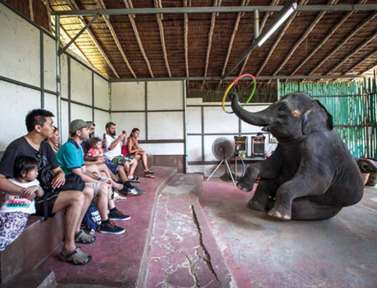
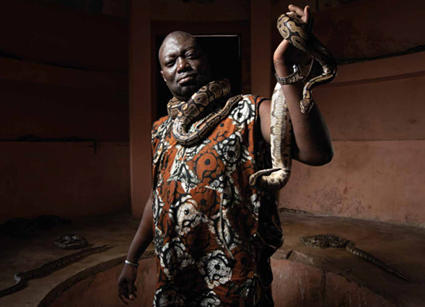
It is difficult to predict how wildlife tourism will survive in the post-Covid19 era. The pandemic is certainly thought to be somewhat of a watershed moment regarding our understanding of our relationship with the natural world and the illicit trade of endangered creatures. An optimistic perspective is that this newfound understanding of our relationship with the natural world will lead to a reconsideration of the existence of these venues.
Whatever the future holds for the wildlife tourism, for many of the animals photographed in ANIMOSITY, it is too late. The book showcases today’s issues of conflict, conservation and mankind’s complicated relationship with the natural world. So, sit back, enjoy, shed a tear, and be repulsed or inspired by some of the stories contained within ANIMOSITY.
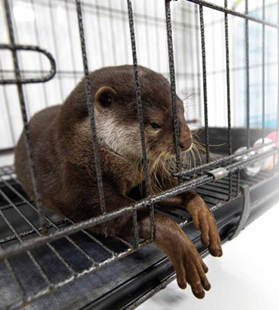
ANIMOSITY can currently be purchased at 25% off
WORDS by Izzy Sasada PICTURES by Aaron Gekoski

















